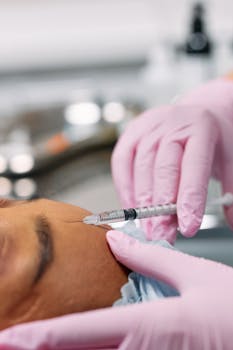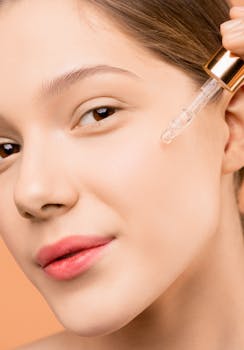Non-surgical and minimally invasive body-contouring options have surged in popularity, and along with that interest comes concern about safety. Early reports about squlpt body shaping deaths prompted questions from patients and providers alike. This article walks through the procedure basics, reported risks, how outcomes are measured, and what to ask before you book a session.
Squlpt body-shaping fatality reports: what the data shows
When a procedure is linked to serious complications, headlines often race ahead of facts. Much of the available literature about body-contouring risks is centered on techniques like liposuction and surgical fat transfer, which have longer histories and clearer published complications. For background on surgical approaches and standard complications, authoritative summaries such as the overview of liposuction on Wikipedia can help explain where non-surgical modalities differ: liposuction overview.
How squlpt devices are marketed and where they’re used
Manufacturers generally promote these systems for fat reduction, skin tightening, and contouring without general anesthesia or incisions. Clinics offering treatments vary from large chains to small aesthetic offices. Local references such as reviews for sites like sculpt agoura hills or regional write-ups labeled squlpt body shaping sunny isles beach reviews can offer anecdotal insight into patient satisfaction and complications, but they don’t replace medical data. When evaluating a provider, look for board-certified physicians, transparent consent processes, and clear emergency protocols.
Pros: why people choose body shaping technologies
Many choose these treatments for shorter recovery time, fewer visible scars, and the promise of quick contouring. Typical advantages include:
- Outpatient procedures with minimal downtime.
- Targeted reduction of small fat pockets that diet and exercise haven’t addressed.
- Adjunctive skin tightening for mild laxity without surgical excision.
Cons and risks: separating possibility from probability
All medical interventions carry risk. For device-based body shaping, documented adverse events range from mild (bruising, temporary nerve irritation) to uncommon but serious complications (infection, fat embolism after fat manipulation, or unexpected organ injury in rare reports). Media stories that focus on isolated deaths may not always present the full clinical context—coexisting conditions, operator experience, or off-label uses can change risk profiles. It’s important to ask providers about their complication rates, emergency preparedness, and whether outcomes are tracked and reported.
What to expect in results and recovery
Results vary based on the method, the technician’s expertise, and individual anatomy. Non-surgical options typically produce more modest, incremental changes and may require multiple sessions. Surgical techniques often yield more pronounced contours but come with longer recovery. Patients should expect realistic consultations that include before-and-after images, downtime estimates, and follow-up plans. If you’re considering combined approaches, such as fat transfer or more invasive contouring, read peer-reviewed material and discuss alternatives thoroughly—additional reading on related procedures is available via this descriptive anchor text.
How to minimize risk: questions to ask
Prioritize safety by asking about provider credentials, facility accreditation, complication rates, and anesthesia plans. Confirm that the clinic has protocols for recognizing and managing rare but serious complications, including immediate transfer to a hospital if needed. Avoid discounts or promotions that pressure rapid decision-making; informed consent and recovery planning should never feel rushed.
Interpreting reviews and reports
Online reviews and local feedback—such as those grouped under terms like squlpt body shaping sunny isles beach reviews—can highlight common satisfaction themes or recurring concerns. Use them as one input among several: clinical evidence, regulatory status of the device, and direct consultation. Read reviews critically, noting whether negative reports describe recognized complications or unverified claims.
- Takeaways:
- Understand that both non-surgical and surgical approaches carry risks; rare severe outcomes have been reported but context matters.
- Verify provider qualifications and facility accreditation before proceeding.
- Use reviews (for example, sculpt agoura hills or local Sunny Isles Beach write-ups) as supplementary information, not a substitute for medical advice.
- Discuss alternatives and emergency plans; seek second opinions for major decisions.
Q: Are death reports common with these devices?
A: No—documented deaths are rare, and many reports reflect complex circumstances. However, rarity does not mean impossibility, so thorough assessment of risk factors and provider experience is essential.
Q: How do I choose a safe provider?
A: Look for board-certified physicians, accredited facilities, clear informed consent, published complication rates when available, and transparent emergency protocols. Ask to see documented outcomes and don’t hesitate to get a second opinion.
Q: Should I trust online reviews when deciding?
A: Reviews can be informative about patient experience but are not a substitute for medical consultation. Use them to shortlist providers and then verify credentials and clinical data directly.






